What are you looking for?
What's New in RF System Design and Simulation?
Watch the new demonstration videos below.
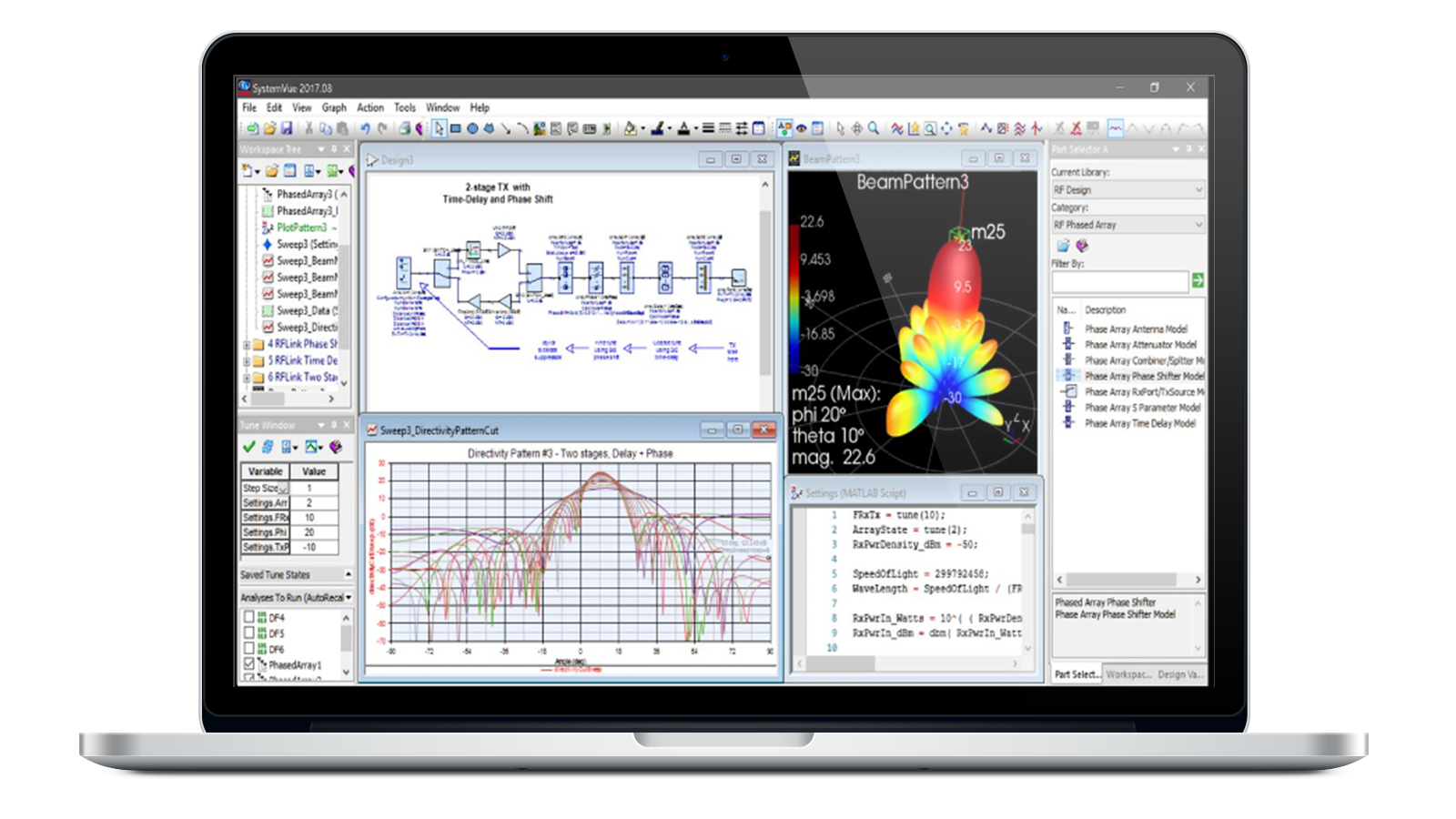
PathWave System Design (SystemVue)
PathWave System Design 2024
PathWave System Design (SystemVue) 2024 maintains its position as the industry's premier electronic system-level (ESL) design environment. Meanwhile, SystemVue 2024 software introduces significant innovations, such as the seamless integration of system and circuit design workflows, enhanced power amplifier modeling, simulation optimization, advanced Satcom design features and Artifical Intelligence and Machine Learning (AI/ML) models integration for the advanced 5G air interface. Leveraging Keysight's unparalleled expertise in measurement science, these cutting-edge tools empower engineers with a holistic solution to accelerate virtual prototype development, guaranteeing precise validation before advancing to physical prototyping.
Highlights
PathWave System Design 2024's new and enhanced features and capabilities include:
- Revolutionize 6G Research with AI Driven Design
- RF System Explorer (RFSE)
- 5G Non-Terrestrial Network (NTN)
- Digital Video Broadcasting Satellite - Second Generation Extended (DVB-S2X)
- Phased Array Kit
Learn more:
Revolutionize 6G Research with AI Driven Design
Advanced 5G and 6G Research
- 3GPP Release 18 explores the potential of harnessing artificial intelligence (AI) and machine learning (ML) to enhance the performance of the 5G New Radio (NR) air interface.
- System Design generates training datasets for your neural network algorithms, incorporating your trained models into advanced 5G and future 6G communication system simulations.
- System Design simulations not only create valuable training data but also evaluate trained models, seamlessly integrating AI/ML to address optimization challenges.
- AI/ML experts can utilize this tool to generate datasets and train models without requiring an in-depth understanding of 3GPP standards.
- Communication systems engineers can integrate neural network models effortlessly into the air interface, irrespective of their AI/ML expertise.
- This integration is made possible through the new AI/ML Interface part, which supports two AI model types: ONNX and TensorFlow.
RF System Explorer (RFSE)
Streamlining System and Circuit Design Workflows
- RF System Explorer seamlessly integrates system architecture exploration and analysis capabilities from SystemVue into ADS.
- RFSE integration facilitates design collaboration between system-level and circuit-level workflows.
- RFSE offers a hierarchical subsystem allocation, allowing circuit designers to modify authorized RF block parameters and choose their desired analysis path without disrupting the overarching architecture.
- Circuit designers are empowered to seamlessly integrate their circuit designs or derived behavioral models into the designated subsystem for RF verification and optimization, using continuous wave (CW) stimulus.
Digital Pre-Distortion validation solution for PA Design, the novel dynamic gain model bringing memory effects, broadband distortion, and precise performance prediction. Experience the power of RFSE, the new go-to RF system analysis tool in ADS. Simplify design cycles and detect performance issues seamlessly integrating circuit design information.
Discover the power of 5G NTN channel and trajectory visualization for precise analysis of PHY design, RF link budget, and seamless export to PropSim channel emulator.
5G Non-Terrestrial Network (NTN)
- For 5G NTN, SystemVue expands its capabilities by updating the 5G New Radio (NR) simulation library to incorporate 1024 Quadrature Amplitude Modulation (QAM) modulation as per the 3rd Generation Partnership Project (3GPP) Release 17 standards, alongside an associated Modulation and Coding Scheme (MCS) table.
- This enriched library facilitates comprehensive end-to-end physical layer system simulations, accommodating diverse NTN deployment scenarios.
- The 5G channel model and an advanced transceiver element offer a detailed representation of the satellite link's propagation characteristics.
- These characteristics encompass large-scale and fast-fading modeling, large path delays, frequency Doppler Shift effects and the ability to visualize satellite trajectories.
Digital Video Broadcasting Satellite - Second Generation Extended (DVB-S2X)
- SystemVue interfaces seamlessly with Keysight Signal Studio and Vector Signal Analysis (VSA) software tools, facilitating the creation of comprehensive digital twins for satellite-based digital video broadcasting.
- The DVB-S2X source and receiver elements support operations in low Signal-to-Noise Ratio (SNR) conditions and BER.
- The integrated SystemVue design environment eliminates the need for traditional scripting.
- The heart of this integrated solution is a unique Satcom channel model, characterized by a user-friendly GUI that simplifies parameter configuration and enhances navigation.
- For detailed signal analysis, VSA Flex Frame presets are tailored explicitly for DVB-S2/S2X.
The complete DVB-S2/S2X RF link and channel modeling environment that effortlessly generates signals with parametrized configuration in Signal Studio, design, and achieves accurate EVM and BER measurements in low SNR scenarios with our DVB-S2/S2X library and VSA presets.
Streamline design capture, predict accurate beam performance with active impedance and load-pull capability, and visualize beam KPIs at unprecedented speed. Shorten your development cycle and unlock the full potential of RF innovation.
Phased Array Kit
Array Active Impedance and Load-Pull Modeling
- SystemVue currently simulates active impedance in phased arrays, aligning its results with both Keysight and third-party Finite Element Method (FEM) simulators, as well as X-parameters load pull modeling in the frequency domain.
- Keysight is now extending these capabilities to the time domain, empowering engineers to precisely simulate the dynamic interaction between power amplifiers and the active impedance within the array.
- PathWave System Design's distinct load-pull simulation methodology produces the most precise Phased Array Digital Twin, validated by Keysight instrumentation.
- SystemVue's robust phased array simulation and visualization tools offer precise analysis of beam directivity patterns and array configurations.
- These insights into critical beamforming metrics enable cost-effective optimization and decision-making by minimizing the need for expensive anechoic chamber testing.
- Designers can validate array performance through seamless integration with Ansys STK for scenario modeling and Keysight EXata for network simulation.
Bundles in PathWave System Design and PathWave ADS
Keysight EDA Software for System Design
Featured Resources
See what you may have missed in the 2023 release.
Want help or have questions?

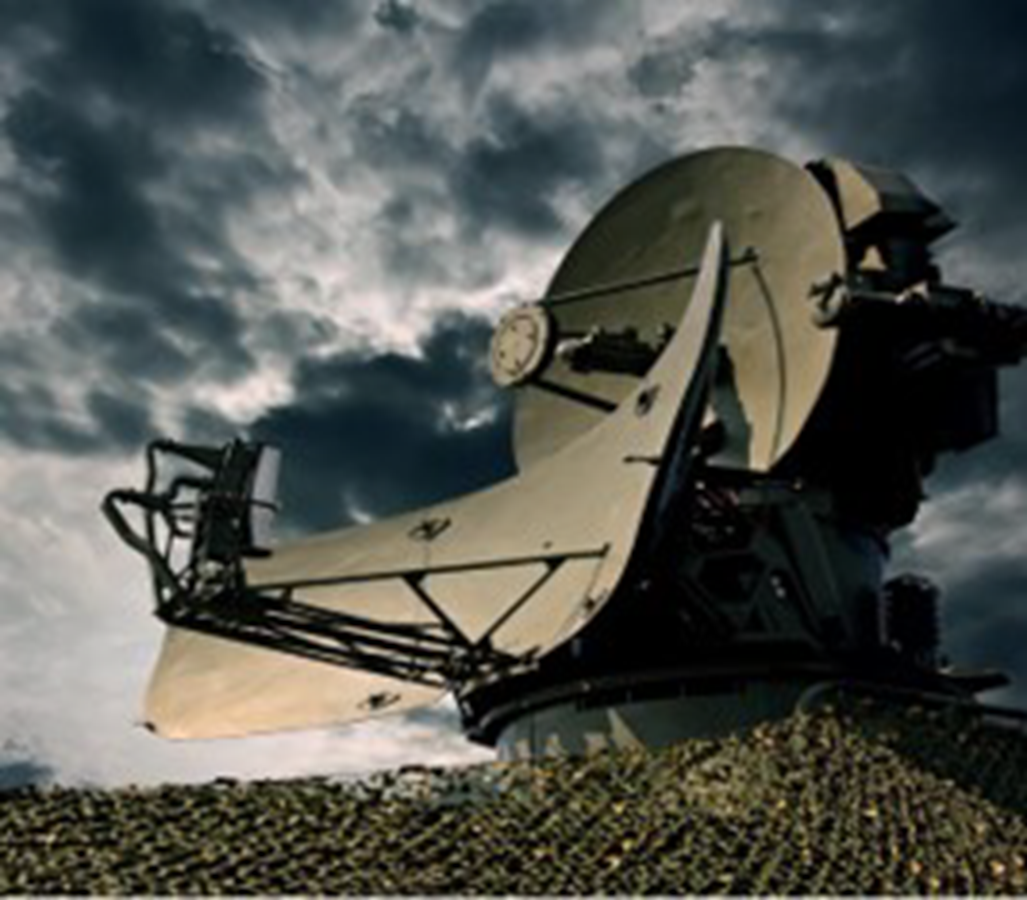





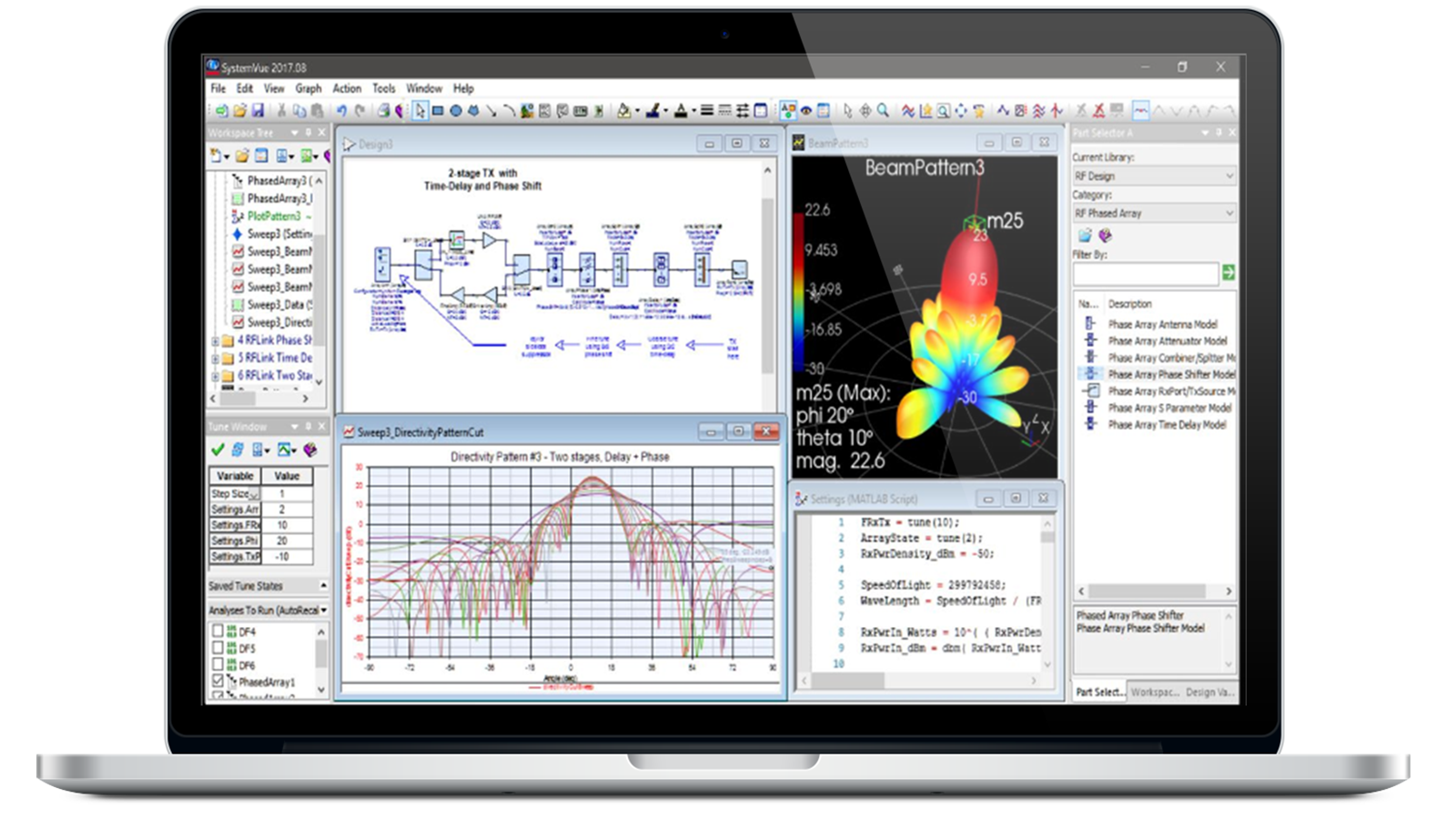
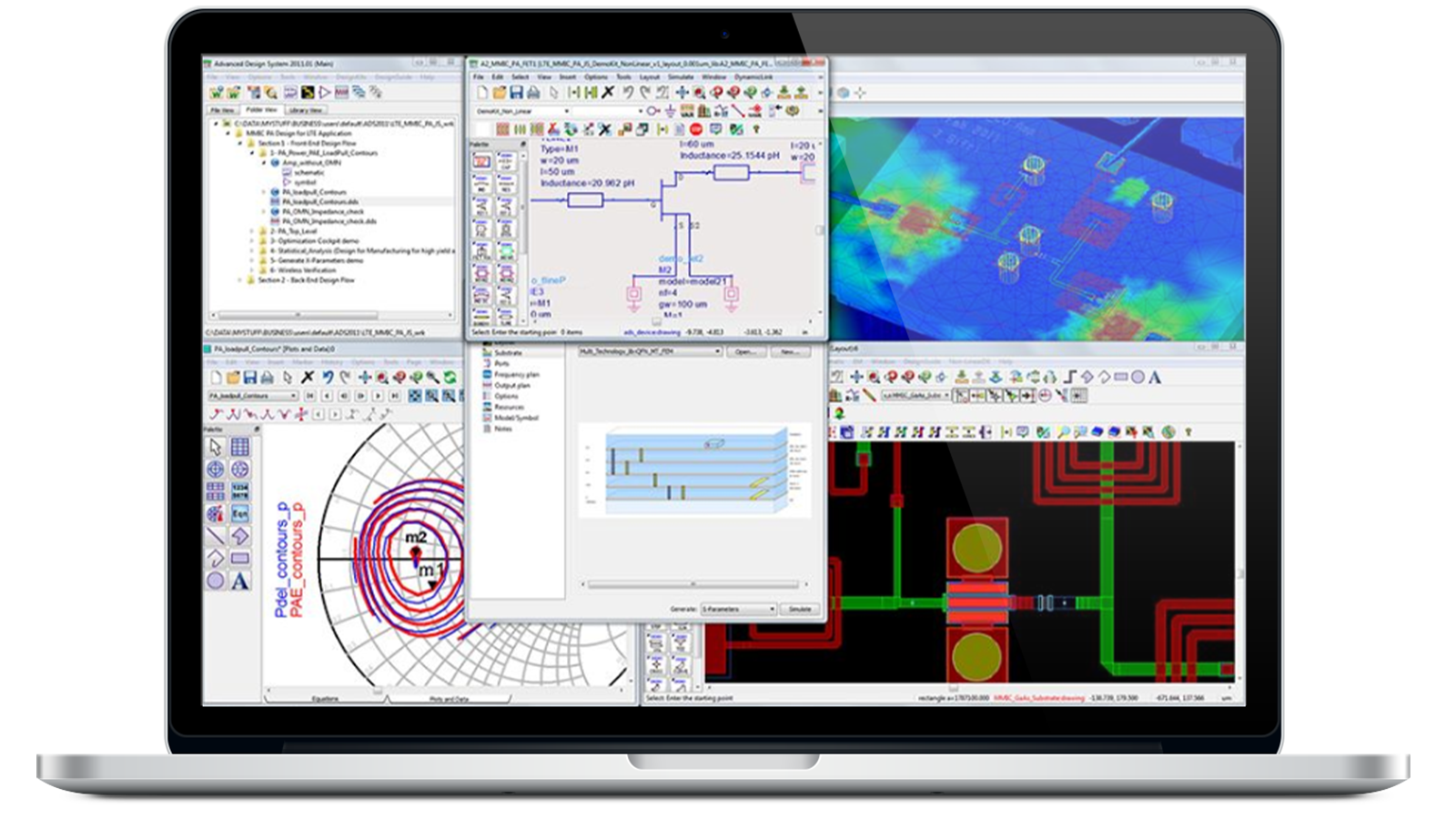

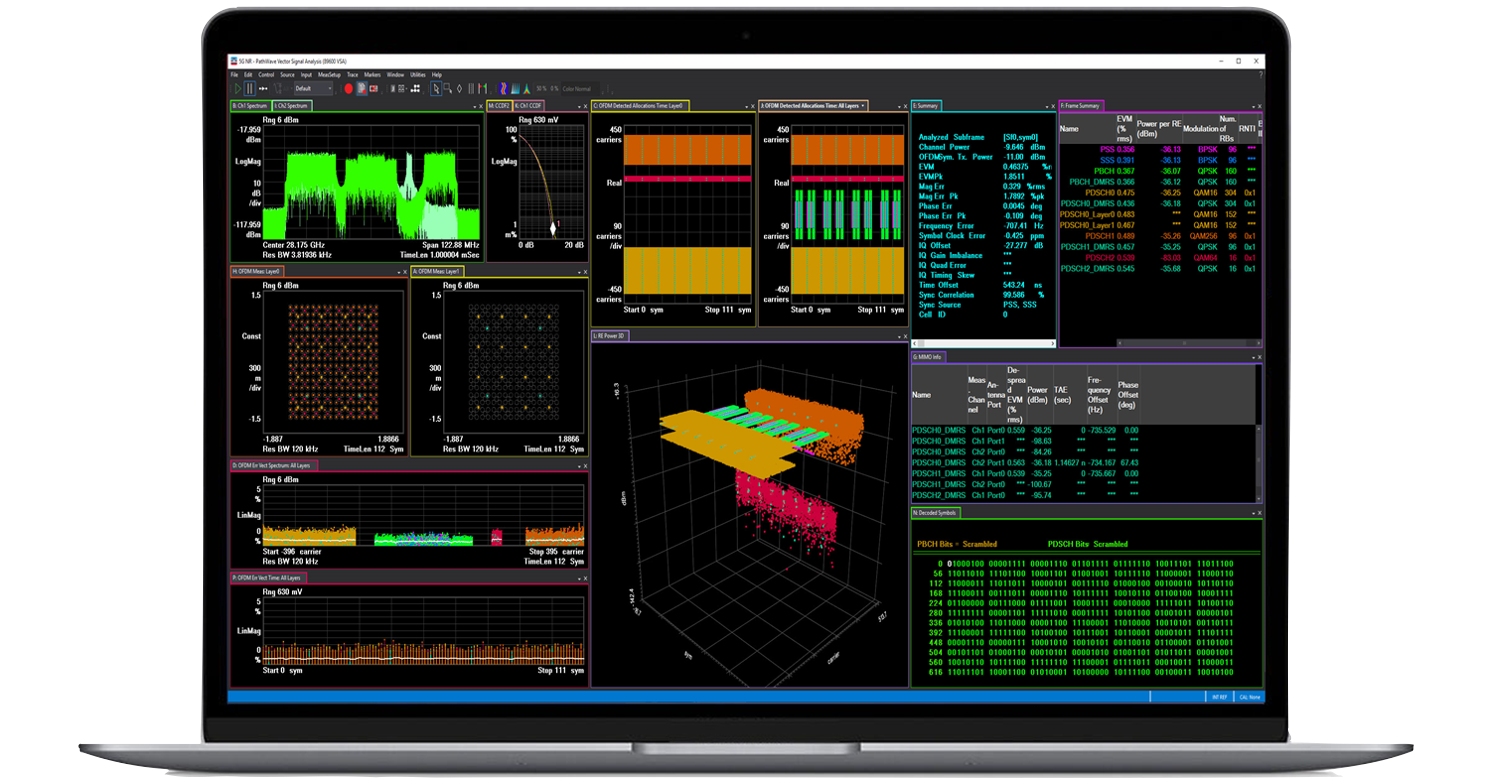
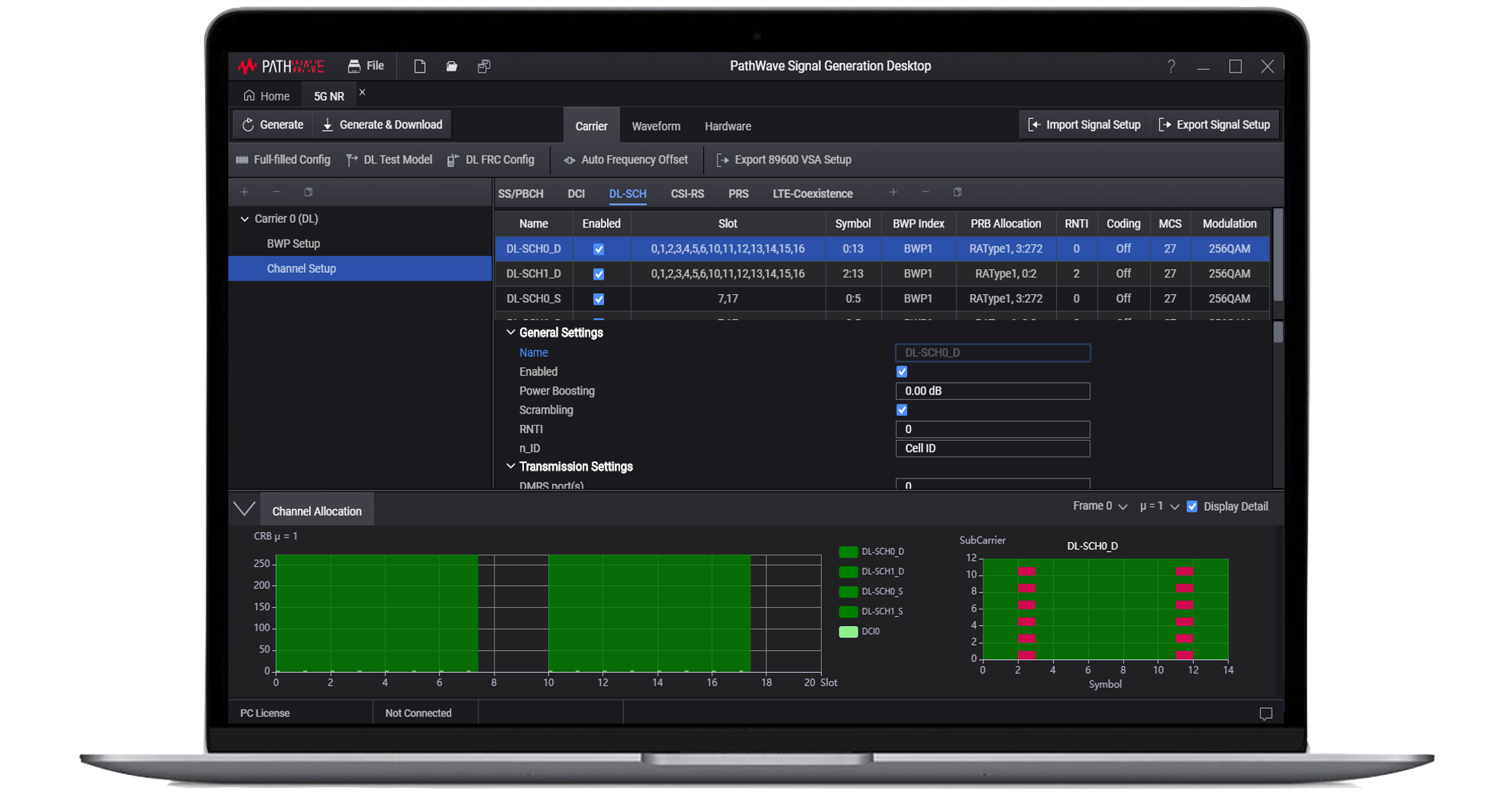
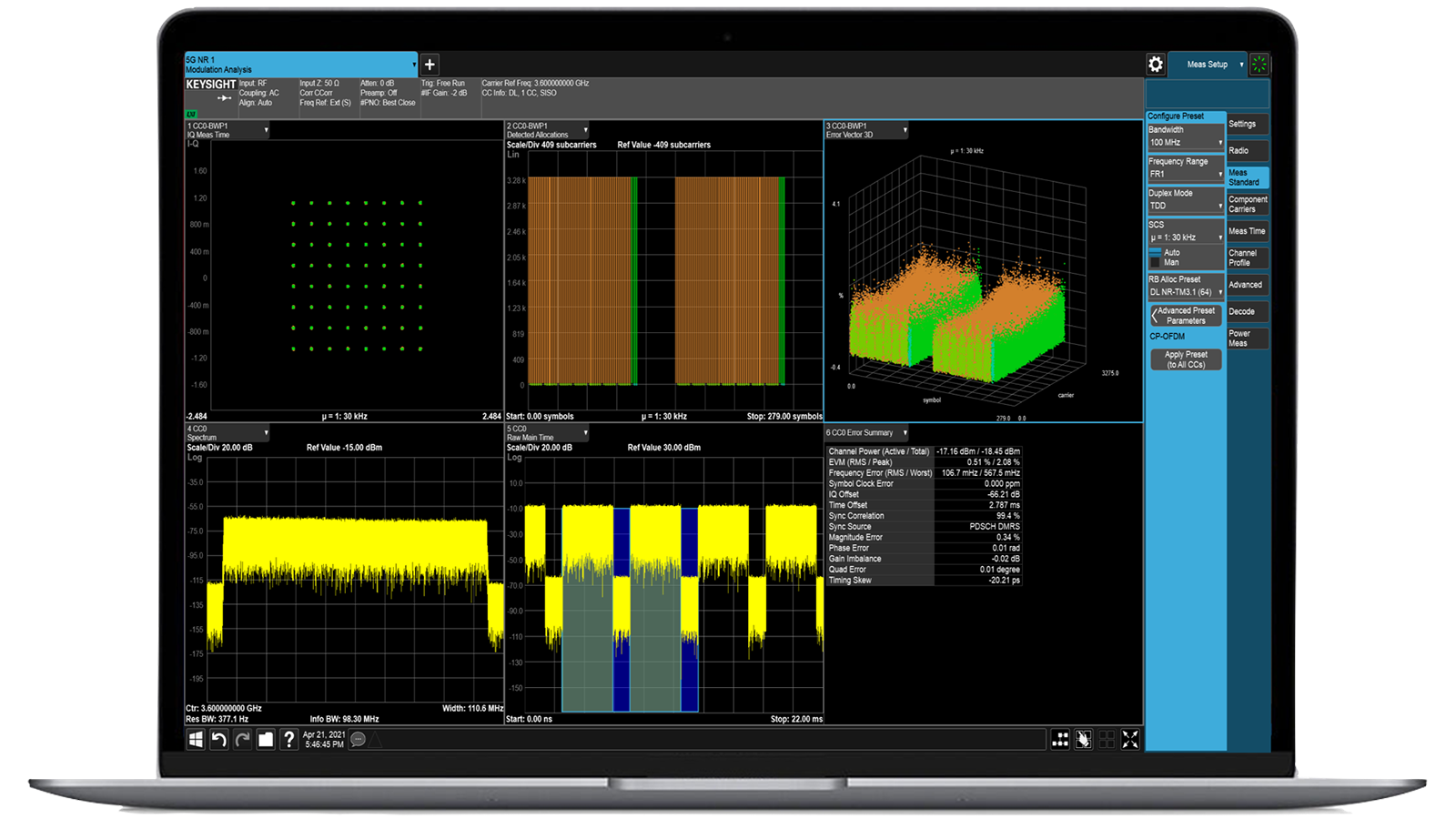


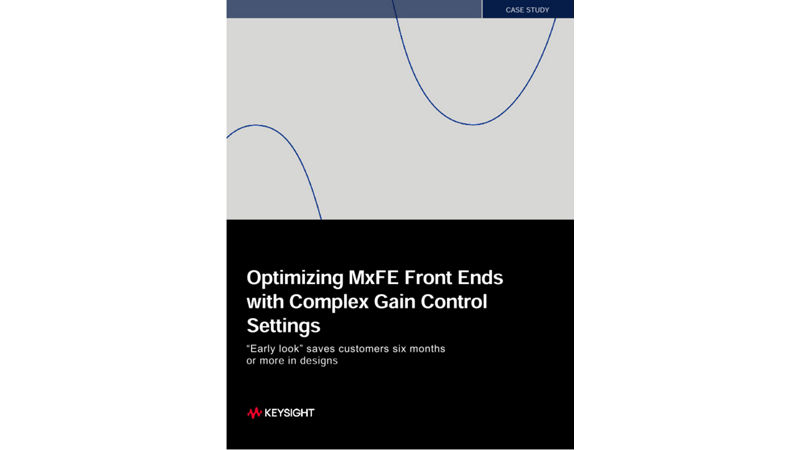


 京公网安备 11010502040140 号
京公网安备 11010502040140 号